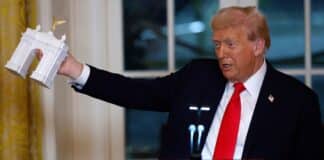Taiwan launched its 41st annual Han Kuang military exercises this month, extending the usual five‑day war games into a full 10‑day combat simulation. Massive drills, including advanced missile systems, urban defense tactics, and mass civil‑defense mobilization, put the island on full alert. Taiwan’s military and civilians operate as one, showing Beijing that any invasion would come at extraordinary cost.
The scaled‑up exercise reflects heightened tensions with China. Taiwan integrated U.S. hardware such as HIMARS rocket launchers, Abrams tanks, and Sky Sword II air‑defense systems into the drills. Multi‑domain defense took center stage: streets, metro stations, beaches, and islands became war‑like arenas. Forces practiced coastal mine‑laying, urban barricades, and rapid deployment of mobile air defense to repel simulated invasions.
Public resilience drills accompanied military operations. Civilians heard air‑raid sirens, received missile‑attack alerts, and evacuated into metro shelters. Authorities treated this as a rehearsal for real war. Taiwan’s “whole‑of‑society” defense strategy aims to deter China by demonstrating readiness across military and civilian sectors.
The U.S. played a notable role. Observers and advisors, including a U.S. Marine Corps major general, engaged in planning and coordination. Taiwan prominently featured American air‑defense and rocket systems, deepening defense ties without deploying combat forces.
These drills respond to a mounting gray‑zone campaign from Beijing, involving military intimidation and cyber incursions short of open conflict. Taiwan’s message is firm: it’s prepared—city by city, citizen by citizen—for potential invasion.





